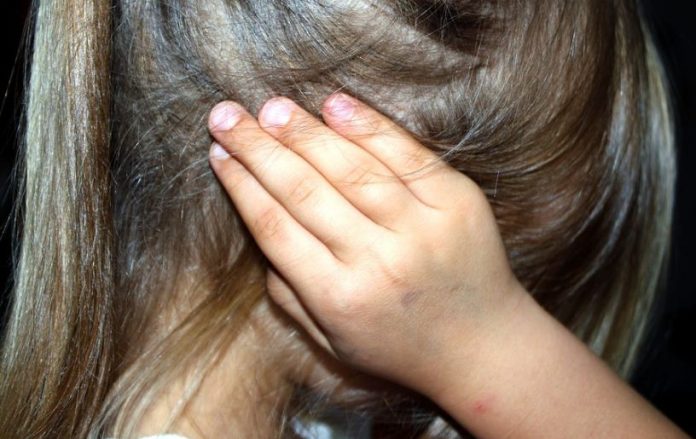Child abuse in the United States continues to rise, at a rate of more than 45% over the past ten years, according to a 1999 survey conducted by the National Committee for the Prevention of Child Abuse (NCPCA).
In this survey, the NCPCA researched child protective cases in all fifty states. Their findings indicate that child abuse is on the rise.
The second most common form of child abuse noted by the child protective agencies is that of neglect: where children are not properly cared for in terms of the basics like nutrition, clothing, and a healthful physical environment.
This may be one of the most common forms reported because it often is the easiest to spot. It is not difficult to visit a child at home and determine that she or he does not have access to adequate nutrition, or a healthy environment.
Physical abuse is one of the most significant causes of child fatality when the cause of death can be determined.
The NCPCA found that, of the cases in which cause of death can be determined, 54% were directly related to physical abuse.
These numbers may be growing, and young children (under the age of five) remain at greatest risk.
There are many reasons why this might be so. One reason relates to the increasing numbers of childhood/teenage pregnancies.
In many cases, these young women are barely more than children themselves, and, therefore, may not have the necessary parenting skills to discipline children without resorting to physical abuse (slapping, hitting, or, in the extreme cases, burning, tying them up, and so on.)
Another reason for increasing numbers of child abuse may be related to a breakdown of community and support structures; as more and more single mothers are raising children alone.
Finally, another reason for the rise of physical child abuse may be related to a lack of information on what constitutes normal child development and behavior. Clearly, more education and better systems need to be implemented.
For the teacher, caregiver, or adult relative of a young child, there are several warning signs that physical abuse is occurring in the home.
All those who have contact with children, whether professionally or personally, should be aware of these warning signs:
1) The child shows physical markings and has elaborate stories for these markings. For instance, a child may show bruising or skin burns and may have a very well-developed story for how these occurred.
2) The child shows a marked increase in episodes of being hurt. There is a tendency for physical abuse to rapidly escalate, and children often receive an increasing number of injuries in a very short time span.
Carefully monitor a child who suddenly becomes “accident-prone” and keeps showing up to school with multiple physical markings.
3) The child begins to withdraw or seems “spaced out” or like she or he is not paying attention. When experiencing trauma in the home, children are likely to withdraw from normal interaction and to seem distracted, stressed, or overwhelmed.
4) Look for increased irritability, agitation, or complaints of sleep difficulties. Take these as indicators of increased stress.
Also pay attention if the child suddenly begins to sleep much more than normal, as stress sometimes impacts in this way, as well.
5) Note any avoidance when talking about the home environment. Children who are being abused are often told not to share details of their home life with any outsiders.
If the child continually shies away from discussing their parents, home life, or their activities at home, this may be significant.
What should you do if you suspect a child is being abused? There are several steps you can take. One option is to place an anonymous call to the Child Protective Services (CPS) organization within your area.
If the CPS believes there to be enough reason to investigate, they will arrange a visit to the child’s home and determine the best course of action.
The downside to this approach is that it may take months before a home visit is made; during which time the child remains at risk for continued physical harm.
Another option, potentially more difficult, is to confront the parents directly with your concerns. This may work best if you have a close personal relationship with one of the parents, and if the parent is open to having this conversation.
Sometimes, physically abusive parents are looking for information, support, and help; and some may respond positively to your attempts to intervene.
For a child who has been abused, the world becomes a scary and frightful place. They are more likely to be angry, more likely to experience social rejection, and are more likely to be physically aggressive themselves.
Remember, children learn what they experience. Immediate psychological assistance can help mitigate the impact of physical abuse, provided that the abuse is no longer actively occurring. Psychological treatment can have positive effects, but these results will take time.

